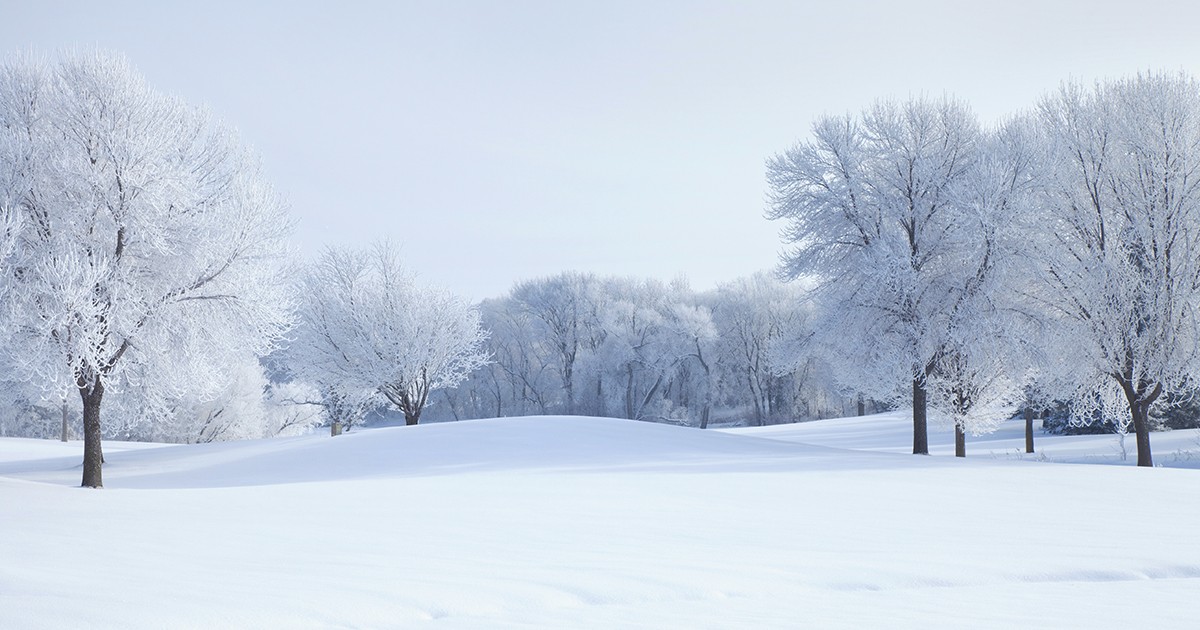
By Heidi Schneider
You are driving in your car to get your second and final COVID vaccine, when you notice the sky is an impossible blue, so full of promise it could swallow a person whole. On that February day, the heavens are the same color as the sky on September 11, 2001 when nearly 3,000 lives were lost as the World Trade Towers collapsed in New York City. You think of 9/11 and the months that followed it: crisis, fear, suspicion, tentative reentry into society, and the way we were changed forever.
This February sky is a patchwork of blue surgical masks freed from a thousand faces. The September 11 sky is remembered at the 9/11 Memorial in a monumental collage made up of 2,983 individual variegated blue watercolor squares. The memorial collage is a moving testament to our shared memory of the last time, before this pandemic, that we collectively feared for our lives and hid in the shelter of our homes as death rained down.
You can rarely remember the color of the sky from day to day, especially during Minnesota winters, where one chilly monochromatic day can blend seamlessly into the next, forming a chiaroscuro calendar. The birth of your children uniquely jogs your memory. You clearly remember the winter skies on the days your sons were born. For your firstborn, the sky was a hushed mouse gray on the verge of flushing the heavens with thick snow. The second child made his way into the world on a November day with clear weather and icy azure skies.
Perhaps, like their birthing days, you will always recall the color of the February sky when you drove to your appointment to receive your second COVID vaccine. Sheer wisps of clouds barely obscure the brilliant sunlight, and the brightness of the sky against the accumulated mid-winter snow belies the bone-chilling cold. You are wearing sunglasses to avoid squinting. The entire landscape is bathed in nascent opportunity. You cannot suppress the smile on your face, and a song rises from your throat. You sing an off-tune harmony along with the music from the speakers in your car. As you near the facility where you are scheduled to receive your shot, you observe the sharpness of the shadows from the bare branches of winter trees casting an intricate web over your car and over you, a skeletal umbrella of sanctity.
As with the birth of your children, you are aware of the fullness of the moment before emerging from the cocoon of the pandemic. You overcome the urge to take each exit off the highway, to explore the possibilities that await you there. In your mind’s eye, you are dining in a restaurant again with a large group of friends. You are on the way to the airport to catch a flight to attend your niece’s wedding across the country. You park the car and sit in the cold before entering the building, pausing, not wanting to take for granted your rebirth, letting yourself indulge in gratitude for the freedom awaiting you after this vaccine.
You are one of the fortunate ones, getting two vaccines early in the process. Among the first to venture out into public again, you wonder what the new world will hold with its vestiges of familiarity. When will you begin to take for granted again getting your hair cut and blow-dried? Will you ever board an airplane again without wearing a mask, a face shield, and carrying sanitizing wipes in your backpack? Will you ever fail to look into people’s faces and see their smiles or their frowns and the shape of their noses and chins?
The color of the sky is never a harbinger of the transition that awaits before towers crumble, before babies are cradled in our arms, or the re-entry into earth’s orbit after a year of sheltering-in-place. The sky, however, is the lid on the container that holds our vulnerabilities, our loneliness, our self-centeredness, our dreams for the future. You look up once more at the baby blue sky and its tentative clouds. You remind yourself that the joy you experience in each unfettered step you are able to take post-vaccine must be tempered by leaving space for the reentry of others. You promise yourself to tread gently and leave little trace so that the millions of others who emerge from their isolation may also find a world renewed and transformed for the better: quieter, slower, more self-aware and, you hope, kinder.
As you get the vaccine, you take a deep breath, like a newborn. You recognize that you have been holding your breath for almost a year, masked and fearful of the air, the sky. Now in your mid-sixties, when you assumed your best days were in the past, you feel like you are blossoming fully in the freezing air. Walking back to your car alone, you stifle a cry, of grief for what we have lost, and of longing for all that awaits us.